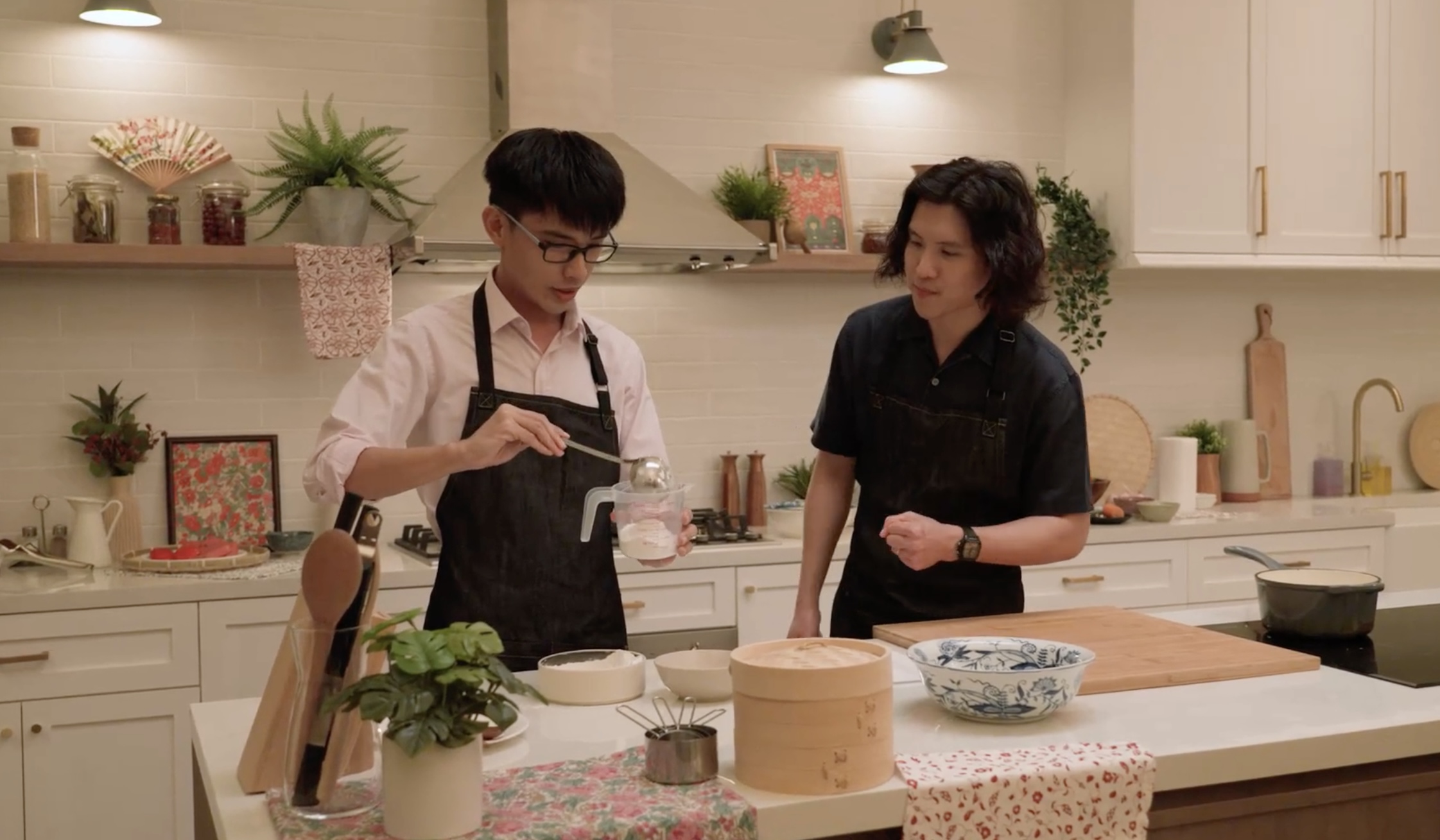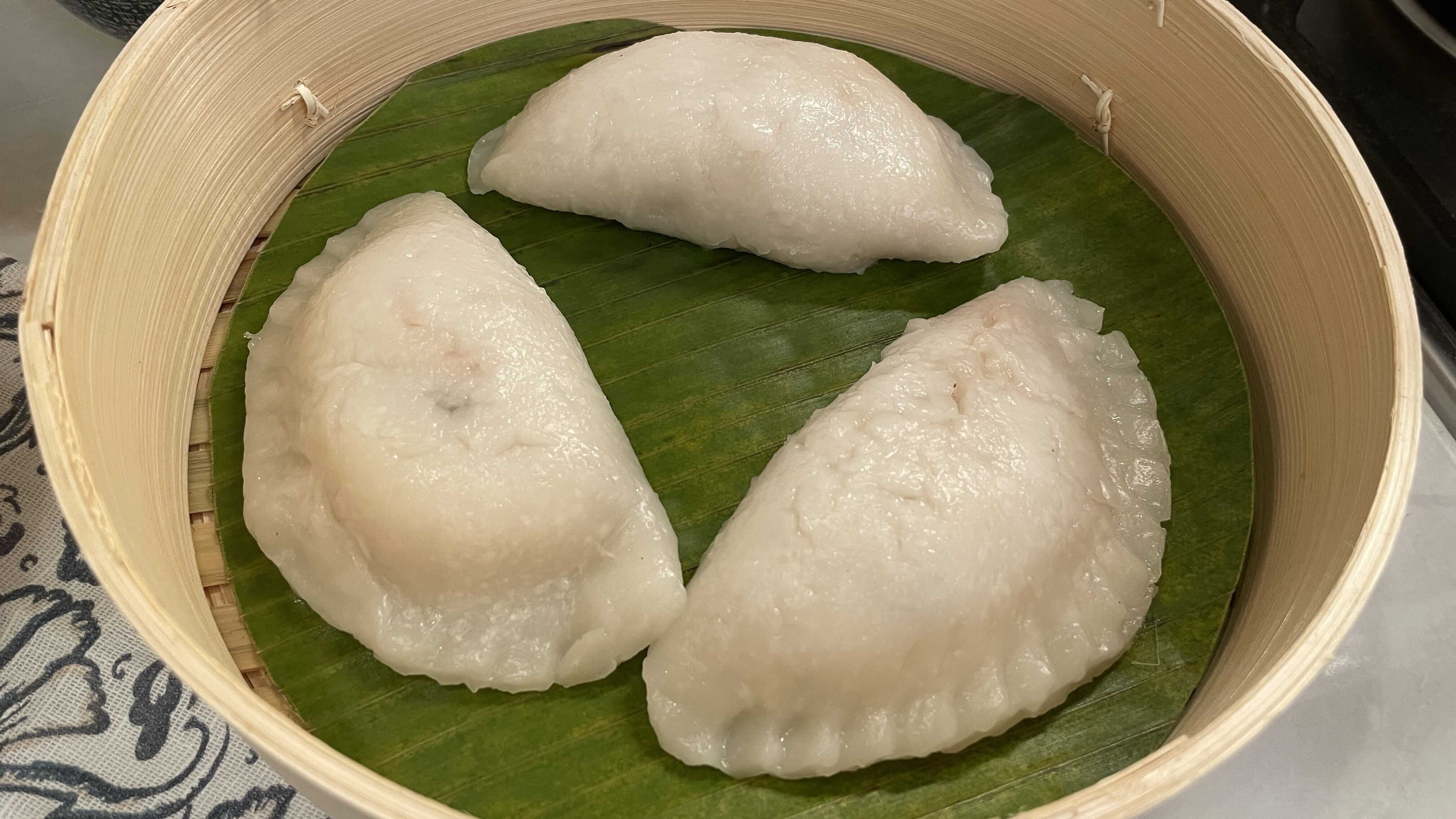Soon Kueh Stories
What does a soon kueh recipe have to do with a Buddhist temple? Find out as researcher Kelvin Tan conquers sticky dough to make this humble vegetarian snack.
Episode summary
In the 1950s, Abbess Yang Qincai of Hai Inn See, a temple in Choa Chu Kang, discovered that bamboo plants grew particularly well in the temple grounds and led the effort to make soon kueh regularly. The kueh became so popular that it was sold at the nearby coffeeshop, at 5 cents apiece, where it quickly became an essential breakfast item for residents.
Researcher Kelvin Tan explores how Chinese Buddhist women like her shaped the vegetarian food landscape in Singapore as he recreates this much beloved recipe.


Recipes
Although Kelvin followed the temple’s recipe closely, he added radish and black fungus to the filling, which are popular in soon kueh recipes today. For the dough skin, he added 20 g of glutinous rice flour and used smaller quantities of wheat starch and tapioca flour (300 g and 170 g respectively).
In the old days when rice flour was not as readily available, the nuns at Hai Inn See used a stone mill to grind rice into rice milk to make the dough skin. Leaves from simpoh air (Dillenia suffruticosa), a native plant, were used to pack the kueh for takeaways.

Related Podcast
The Chinese Vegetarian Foodscape of the 1950s–60s
Set up by five Buddhist women in 1946, Loke Woh Yuen was the first Chinese vegetarian restaurant in Singapore. It employed an all-female staff, was known for its popular shark’s fin made from maize, and was sometimes so packed that it had to set up dining tents that stretched to the main road. Its efforts to spread vegetarianism were complemented by other Buddhist women and nuns who wrote cookbooks and fundraised for charity.
Related Article
How Chinese Buddhist Women Shaped the Food Landscape in Singapore
Kelvin Tan tells us about the women who practised Buddhism and set up popular vegetarian restaurants in the 1940s and 50s to help promote vegetarianism.
Related Books
Lew, Nyok Thye. 坐月素食谱=The Vegetarian Confinement Recipes. Singapore: Imperial Chef, n.d. (From National Library, Singapore, call no. R 641.5636 LNT)
Shi, Chin Yam. 百味菜根香=Top 100 Vegetarian Delights. Singapore: Man Fut Tong Old People’s Home, 1998. (From National Library, Singapore, via PublicationSG)

